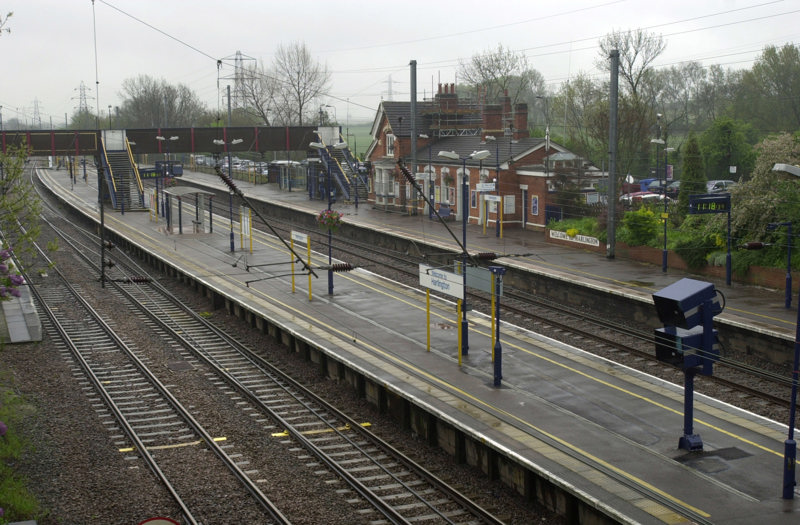
A regulation which has been in place since 2014 could potentially prevent stations from receiving step-free access, campaigners have warned.

A regulation which has been in place since 2014 could potentially prevent stations from receiving step-free access, campaigners have warned.
The little-known Appendix B of the Persons with Reduced Mobility National Technical Specification Notice (PRM NTSN) stipulates that lifts do not need to be installed for stations that have an average daily footfall below 1,000 passengers per day, or if another station within 50 kilometres (31 miles) on the same route is accessible.
However, the stipulation has been branded “absurd” by Liberal Democrat transport spokesperson Paul Kohler, who argues that Appendix B is outdated and should be scrapped.
Kohler told RAIL: “The stipulation was previously part of the EU regulations which we adopted in 2014. But incredibly, we didn’t end it when we left in 2016. I couldn’t believe it when I heard about it. It can have real consequences for users and stations, and hinder the access for all programme.”
One of those stations affected is Harlington, in Bedfordshire, which currently has two passenger platforms that do not have step-free access. Network Rail has proposed to build a new stepped footbridge in place of the current footbridge, with the option to provide lifts at a later date.
“We were quite incredulous as to why they wanted to replace an inaccessible bridge with another inaccessible bridge. It felt like it was in direct contravention with the PRM NTSN,” said Julian Vaughan, chairman of the Bedfordshire Rail Access Network (BRAN).
The group learned that Network Rail was applying Appendix B to its plans for Harlington station, meaning that it was only supplying “passive provision” to the station, with lifts possibly to be supplied later.
Vaughan said this solution was far from ideal: “Network Rail suggested that Luton Airport Parkway, which is 13 miles away, was suitable. And highlighted that Flitwick, which is one station further up the line, has been allocated funding for step-free access. But Flitwick’s project has been delayed for quite a considerable time and currently doesn’t have a start date.”
Fiona Carey, a disabled user at nearby Biggleswade station, said: “I could conceivably use Harlington if they make an accessible bridge. But I must travel to Sandy, which is theoretically accessible on both sides, but with no bridge crossing the platforms.
“Which means I can park my car on one side, and then must use my wheelchair going uphill and across a road bridge to reach my car when I return. It makes it all so much harder for a disabled user.”
Nearby Biggleswade station is due to receive step-free access by the end of the year.
Research by RAIL reveals that just under 1,000 stations (of nearly 2,600) on the UK network have a footfall of more than 365,000 passengers per year. This theoretically means that more than 1,500 stations could fall under the Appendix B provision.
Speaking in the House of Commons on April 3, Local Transport Minister Simon Lightwood said: “The Secretary of State for Transport has no plans to remove Appendix B from the Persons of Reduced Mobility (PRM) NTSN.
“My department has not made a specific assessment of the impact of Appendix B on the availability of step-free access at stations, but we keep all NTSNs under regular review.”
Login to continue reading
Or register with RAIL to keep up-to-date with the latest news, insight and opinion.

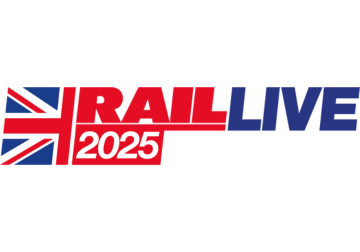
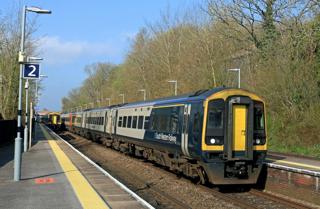
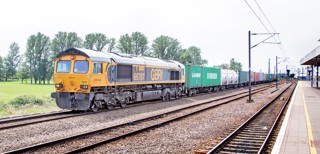
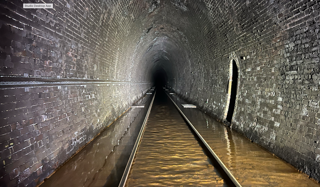
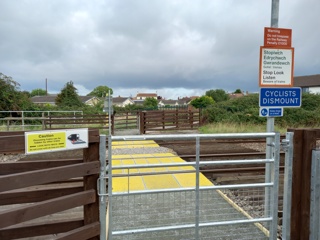












Login to comment
Comments
No comments have been made yet.